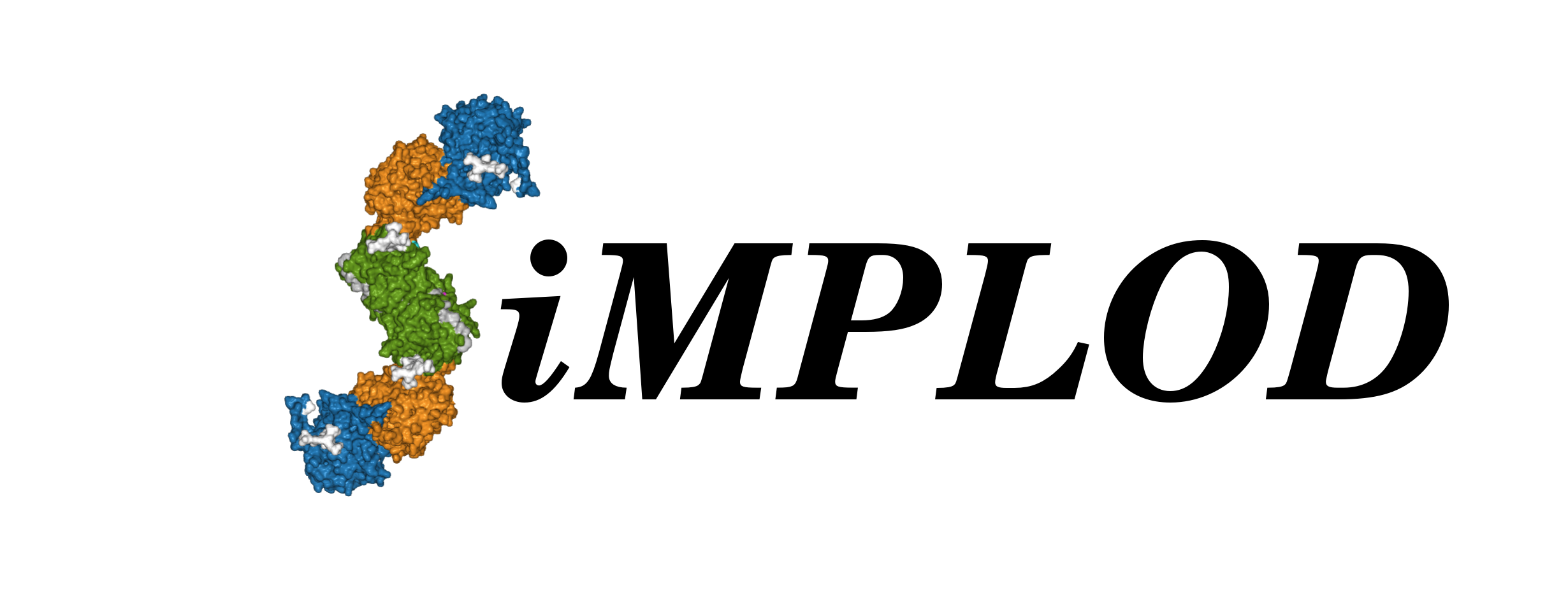 About
Contact
References
Structures
Adv. Search
Stats
Demo
About
Contact
References
Structures
Adv. Search
Stats
Demo
| LH1 TYR511END | ||
| SiMPLOD ID |
SiMPLOD1-209 | |
| Isoenzyme |
Lysyl Hydroxylase 1 (human) - UniProt - Full Info | |
| Nucleotide mutation |
PLOD1 NM_000302.2:c.1533C>G - NCBI RefSeq NCBI SNP: rs121913552 NCBI ClinVar: 14370 |
|
| Mutation type |
Pathogenic | |
| LOVD |
c.1533C>G | |
| Disease Phenotype |
Ehlers-Danlos syndrome, cardiovascular phenotype Link1 | |
| Clinical Databases |
OMIM: 225320 Orphanet: ORPHA:230851 ICD-10: Q79.6 MeSH: C536198 | |
| Evidence at protein level |
Warning: this variant incorporates a premature truncation of the aminoacid sequence at residue 511, and may result in misfolding and/or complete absence of the enzyme. This variant is EXTREMELY UNLIKELY to be compatible with a folded LH enzyme. The representation shown in the structure viewer is therefore for mere display purposes and does not refer to an actual predicted existing protein product. |
References |
Walker et al., 1999 - DOI - PubMed Yeowell et al., 2000 - DOI - PubMed Yeowell et al., 1997 - PubMed Pousi et al., 2000 - DOI - PubMed |
Notes from publications |
The C1557 to G point mutation produces a premature termination codon at Tyr511, in exon 14 of the PLOD1 gene. Several authors described this mutation to be present in skin fibroblast of at least five different unrelated patients with Ehlers-Danlos syndrome type VI. This mutation results in low levels of lysyl-hydroxylase activity measured in skin fibroblasts of the patients. |
| Structural Observations |
||
| Related Entries |
SiMPLOD1-134: LH1 dupl326-585;TYR455THRFS (Pathogenic) SiMPLOD1-325: LH1 delta491-550 (Pathogenic) SiMPLOD3-297: LH3 TYR521END (for biochemistry) SiMPLOD3-470: LH3 TYR521CYS (SNP) SiMPLOD3-524: LH3 TYR521TYR (SNP) SiMPLOD6-332: LH2b TYR542THRFS (Pathogenic) | |
| Last Update |
2021-06-23 08:38:51 | |
|
The three-dimensional visualization is currently based on the homology model of full-length, dimeric human LH1 (generated using the crystal structure of full-length human LH3 as template). You may select a different PDB model file to visualize the mutation(s) using the drop-down menu below (page will refresh): |
||
Thank you for using SiMPLOD - Created by Fornerislab@UniPV Follow @Fornerislab - Last curated update: 1970-01-01 00:00:00
We truly hate messages and disclaimers about cookies and tracking of personal info. But don't worry, we don't use any.